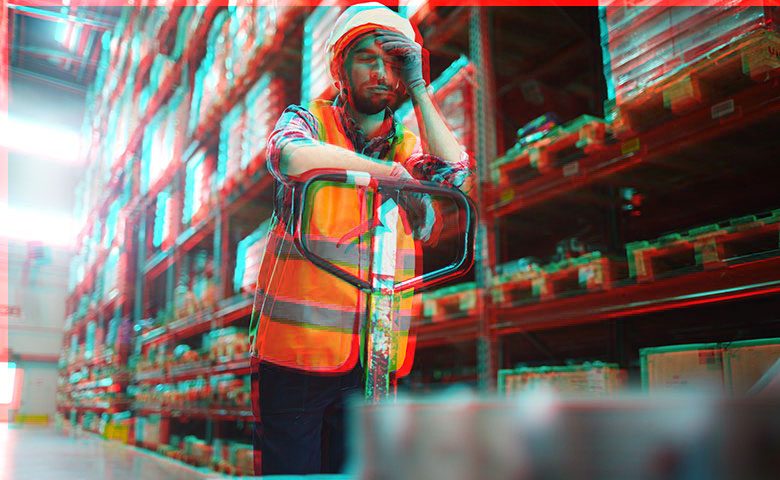It’s no secret that drinking alcohol impairs your physical and mental abilities. Drinking makes it more dangerous to drive a car, slows physical reaction times, and diminishes our ability to identify and respond to hazards.
Less well understood is the fact that fatigue can have a similar effect on the human body. In fact, according to the National Safety Council, 20 hours without sleep is equivalent to a blood-alcohol concentration of 0.08%—the U.S. legal limit. This means that in some cases, drinking and fatigue can have the exact same risk profile.
Fatigue is too big of a danger to ignore, and we should treat it with the same seriousness that we do drunk driving. Because if it’s dangerous for someone to work or drive if they’ve been drinking, then it’s just as dangerous for them to do it if they’re fatigued.
That’s where safety professionals come in. Safety folks have a golden opportunity to cut down on the impacts of fatigue on workers. There are three steps in particular that will make a huge difference.
First, establish a fatigue risk management plan. According to the free guide Dead Tired: What Every Company Must Know About Fatigue, a fatigue risk management plan “follows the same structure as a typical safety management system with some additions and modifications designed specifically for managing the hazards of fatigue. You’re not dictating your employees’ life outside of work but rather educating them on what lifestyle changes can help with fatigue at work.” The plan should also outline who is accountable for managing fatigue risks and engage stakeholders, from frontline workers to senior leadership, in the ongoing process of fatigue management.
Then you need to teach employees about the dangers of fatigue. One of the best defenses against fatigue is a workforce that knows the dangers of tiredness, can identify it when it occurs, and has the ability to mitigate it. Perhaps the best way to make this happen is to implement human factors training that offers personal safety skills to help workers manage fatigue and other mental and physical states.
Finally, spread awareness at your organization and with other safety professionals. Fatigue is a major concern in nearly every single industry. Start by sharing this blog post and any other fatigue resources you’ve found helpful in cutting down on the potentially disastrous consequences of tiredness. You can also advocate to make fatigue a priority in your organization and make sure your safety colleagues at other companies are aware of how important it is to take concrete action against the effects of fatigue. And use the #drunktired hashtag on social media to help make others see the similarities between fatigue and alcohol consumption.

